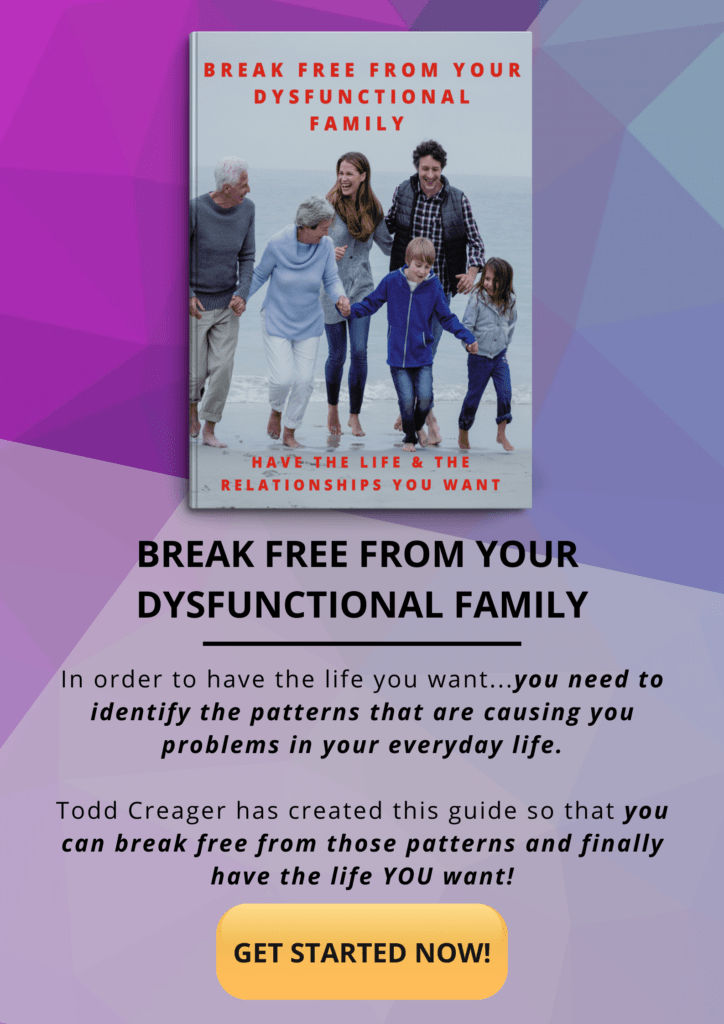What do you do when there is a sexual desire discrepancy between partners?
Couples have different desires about many things.
They like different kinds of foods; they like different kinds of movies; they like different kinds of music. So what makes us think that couples will have equal levels of desire to have sex?
It is natural for couples to have different preferences and desires for many things.
However, when there is a sexual desire discrepancy, it can cause a lot of frustration and feelings of rejection. It is important to note that life transitions naturally can lead to a lowering or sometimes rising of sexual desire.
Life stages such as pregnancy, having children or even retirement can lead to changes in hormones such as testosterone, estrogen, and oxytocin. Which often results in sexual desire discrepancy in many couples.
Also, people generally are not aware of the averages of the typical couple regarding the frequency of having sex.
The studies vary but typically once a week or even less is not that uncommon.
That doesn’t mean that if you want to have sex 5 times a week, that it is wrong to ask. I am just saying that we do not need to justify our relationship based on the frequency of having sex.
This is a big subject that I probably will talk about more in the future so I will focus this blog on mainly two aspects:
1. We need to know how to think about sexual desire discrepancy in a way that can lead to behaviors that could alleviate suffering.
2. We need to know how do you help the person with the lower desire increase their desire so that discrepancy might not be so extreme.
We need to first understand what are the biggest errors we make is that we take things personally when it comes to sexual desire discrepancy.
When a partner rejects us sexually, we think it is about us. Almost always it is much less about us and more about things we don’t understand about the person with the lower libido.
The first thing that we need to do is to get curious about what may be blocking that person.
If you are the person who has the higher desire:
1. See if you can calm yourself down and realize that this is probably not about you.
2. Become curious about what might be going on with the other person. You can do this only when you follow tip # 1 and do not take the resistance to sex personally.
Here are five questions that you should ask when there is a sexual desire discrepancy:
1. Is there a time when you felt higher libido towards me and what was different about those times?
2. How can I behave in a way that makes you feel less pressure even when I can still honor my own needs?
3. What are the conditions that you need so that you can want to experience your sexuality with me and spend time with me physically?
4. What can I do to help set up those conditions?
5. What else is important for me to know about your difficulty in experiencing sexual desire?
When you approach the issue of sexual desire discrepancy with curiosity it helps you to feel less rejected and leads to your partner feeling accepted and validated.
Taking this approach may help to increase your partner’s sexual interest.
Also, it is important for us all to realize that for many people, especially women, they may not have sexual desire until midway through the sexual experience!
People erroneously believe that desire always has to precede arousal and sexual activity.
For many women, this is not how it works, Even the DSM 5 which is the most up to date statistical diagnostic “bible” for psychotherapists has changed “Female Sexual Desire Disorder” to “Female Sexual Interest/Arousal Disorder,” which changed because our profession realized that sometimes arousal precedes desire.
So how do you help the person with lower libido increase libido?
Doing the listening and rethinking that I have written above, will go a long way towards helping.
Here are 7 tips to be part of the sexual solution rather than just complain, shut down, or be frustrated.
1. Help your partner explore some possible factors. Possible factors that create a sexual desire discrepancy can include past sexual trauma, feeling fear of getting hurt, past relationship trauma of your relationship, medication effects, chronic illness or pain effects, hormonal effects, or even an overall sense of over-responsibility.
2. Make sure your expectations are not excessive by looking at the research, recognizing if your partner shows signs of having an interest in having sexual activity with you, and accepting that there are natural differences as discussed in the opening paragraph.
3. If one of the factors that lead to your partner having low desire necessitates professional help, assist him or her in that process. You may want to go to therapy as a couple so that you can be a compassionate and engaged part of the solution.
4. This may be obvious- be kind, sensitive, patient, and compassionate. Becoming a loving team in addressing this issue can help you both develop a rich and deep relationship.
5. Do everything you can to create the conditions that increase your partner’s chance of being desirous. For example, make sure there is enough foreplay, pick a time of day when he or she has the most energy, take some of the task pressure of your partner so that he or she can afford to just stop have the time and energy to spend intimate time with you.
6. Discuss with your partner about possible underlying power struggles that can also contribute to sexual desire discrepancy. Does the person who resists sex feel too controlled or managed in other parts of your relationship life? Then seek ways to sidestep this power struggle.
7. Lastly, be very invested in discovering what your partner wants to do for sexual activity. Often a partner with a lowered sex drive perceives the sexual aspect of your relationship as one where he or she gives and you get. This has to change. Both people’s needs are important and often quite different.
Be willing to be flexible here and see if you both can redefine the sexual dynamics in ways where both people feel that their sexual needs are significant.
Tackling sexual desire discrepancy can be tricky.
Sometimes, if not most times, it is a good idea to get professional help by someone like myself to help you navigate this in ways that gets you both more connected as opposed to more disconnected. Personally, I have helped thousands of couples when they have sexual desire discrepancy.
Sexual desire discrepancy is a common issue that a lot of couples experience and most often can be worked out.
HAVE A STRONGER MORE CONNECTED, MORE PASSIONATE MARRIAGE IN JUST 7 DAYS...
Without needing to get your spouse on board!














Reader Interactions